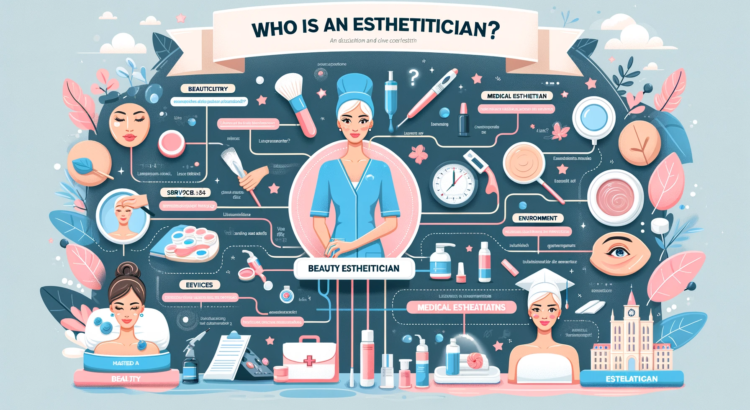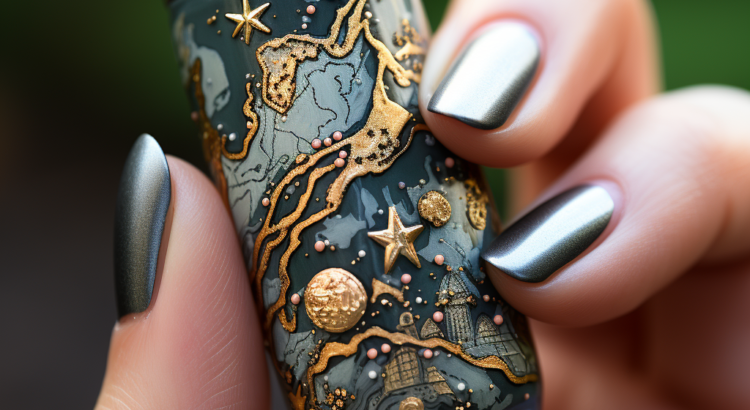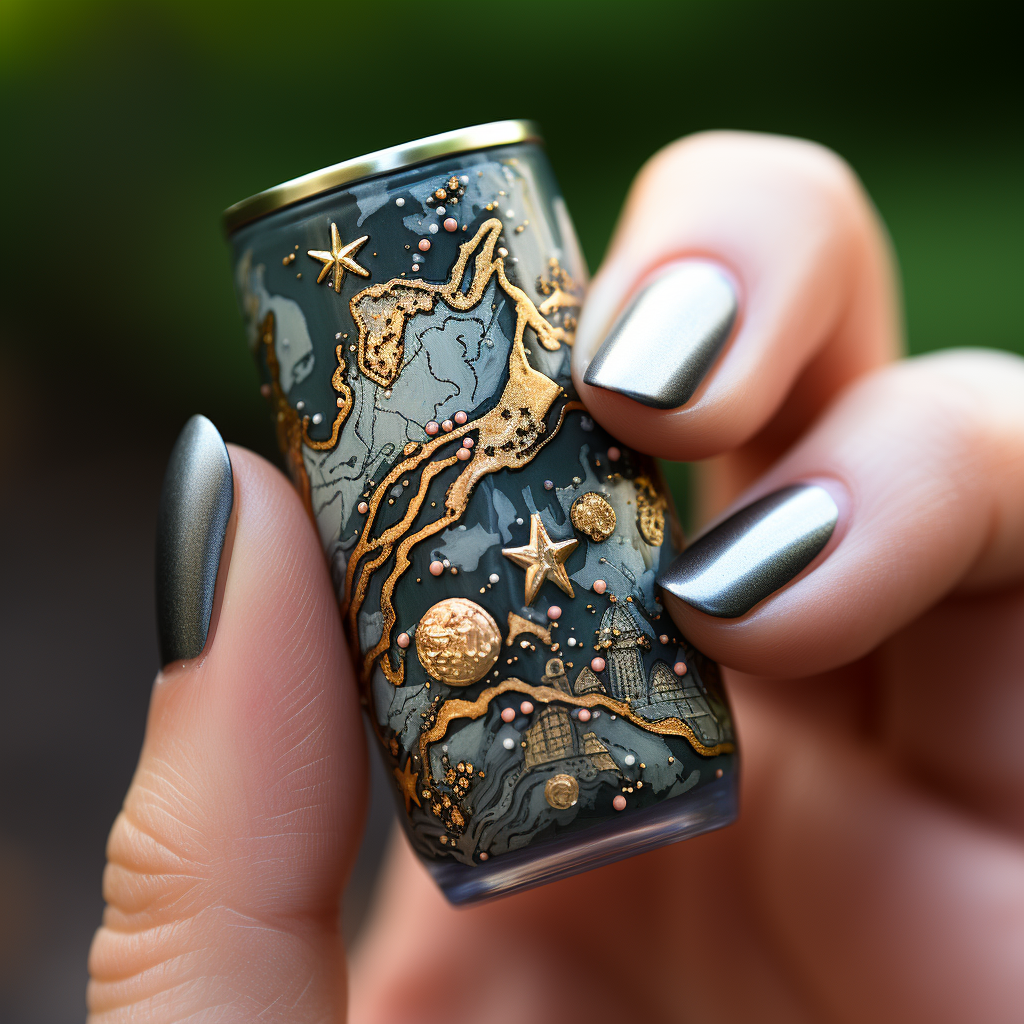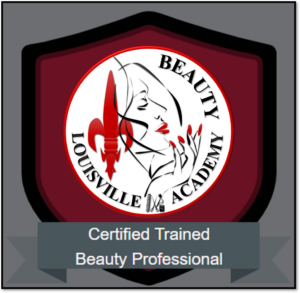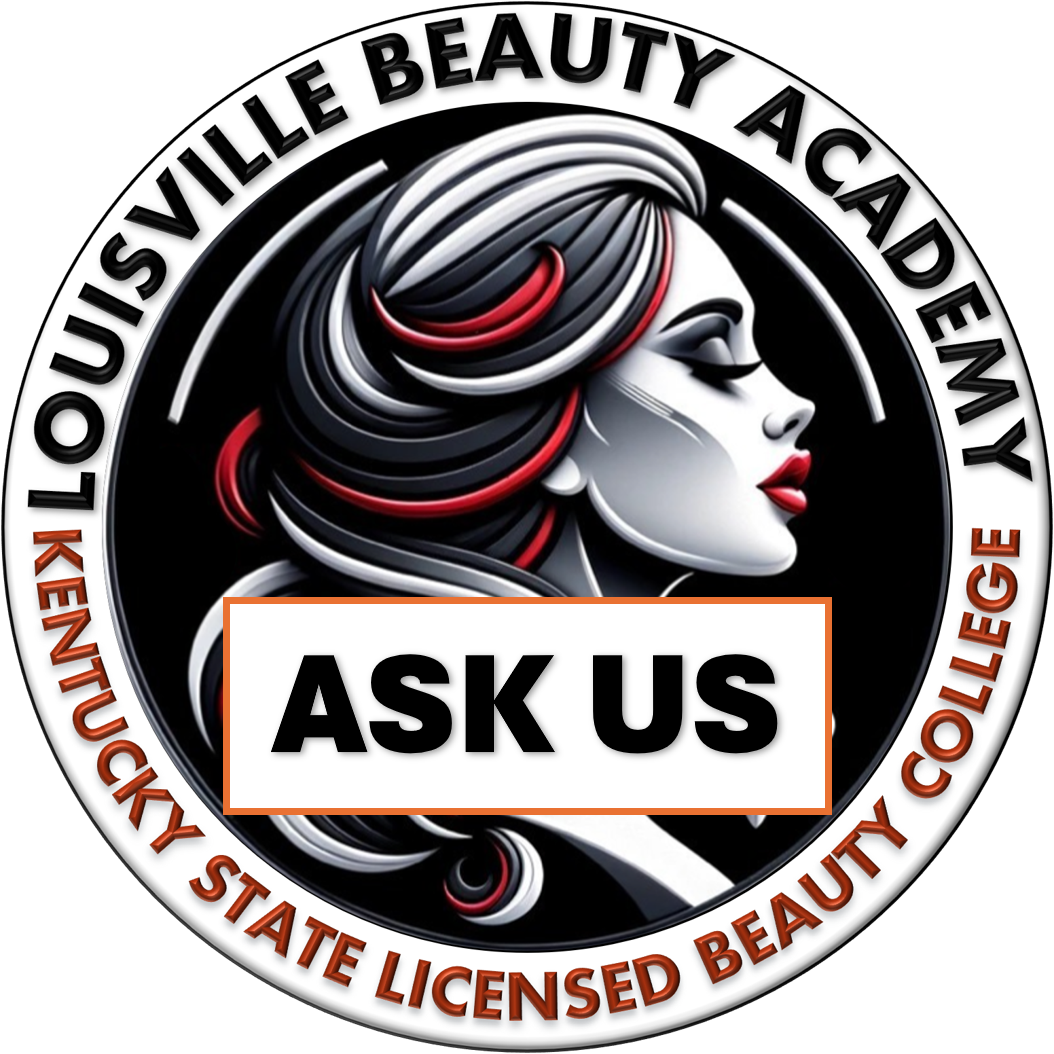Introduction
Louisville Beauty Academy, a prestigious institution in Kentucky, stands out as a beacon for those aspiring to make a mark in the beauty industry. Accredited and recognized for its comprehensive programs, the academy offers a range of courses, including Cosmetology, Nail Technician, Aesthetician, Blow Dry and Styling, Beauty Instructor, Eyelash Extension, and Microblading. But it’s not just the courses that make Louisville Beauty Academy exceptional; it’s the nurturing, family-like atmosphere and the unwavering support it provides to its students.
Family of Support
At the heart of Louisville Beauty Academy’s ethos is the idea of a supportive family. The academy prides itself on being more than just an educational institution; it’s a community where students, instructors, and the school director come together to foster a supportive and encouraging environment. This approach not only enhances learning but also builds a network of lasting professional relationships.
Endless Assistance and Flexible Schedules
Understanding the diverse needs of its students, the academy offers unparalleled flexibility. Whether it’s adjusting schedules to accommodate personal commitments or providing endless assistance in mastering techniques, Louisville Beauty Academy ensures that each student’s journey is as seamless as possible. This flexibility is a testament to the academy’s commitment to its students’ success.
Access to Instructors and the School Director
A unique aspect of Louisville Beauty Academy is the direct and open access students have to their instructors and the school director. This approach facilitates a timely response to queries, often just a text or email away, ensuring that students are never left in the dark. This immediate access is crucial in an industry that thrives on promptness and precision.
Licensing Support and Career Assistance
The journey to becoming a licensed beauty professional is filled with challenges and learning curves. Louisville Beauty Academy provides comprehensive support throughout this process, from preparing for licensing exams to understanding industry regulations. Moreover, the academy’s career assistance program offers guidance and support, helping students to navigate the competitive job market.
Abundance of Job Opportunities
While Louisville Beauty Academy does not guarantee job placements, it plays a pivotal role in introducing students to abundant job opportunities. Through its extensive network and industry connections, the academy keeps students informed about potential job openings and helps them in making informed career choices.
Conclusion
Louisville Beauty Academy goes beyond traditional education paradigms, offering a holistic and supportive environment for aspiring beauty professionals. Its focus on flexibility, accessibility, and comprehensive support prepares students not just for their exams and licenses but for a thriving career in the beauty industry. By choosing Louisville Beauty Academy, students are not just enrolling in a school; they are becoming part of a family that supports, guides, and celebrates their journey in the world of beauty.

